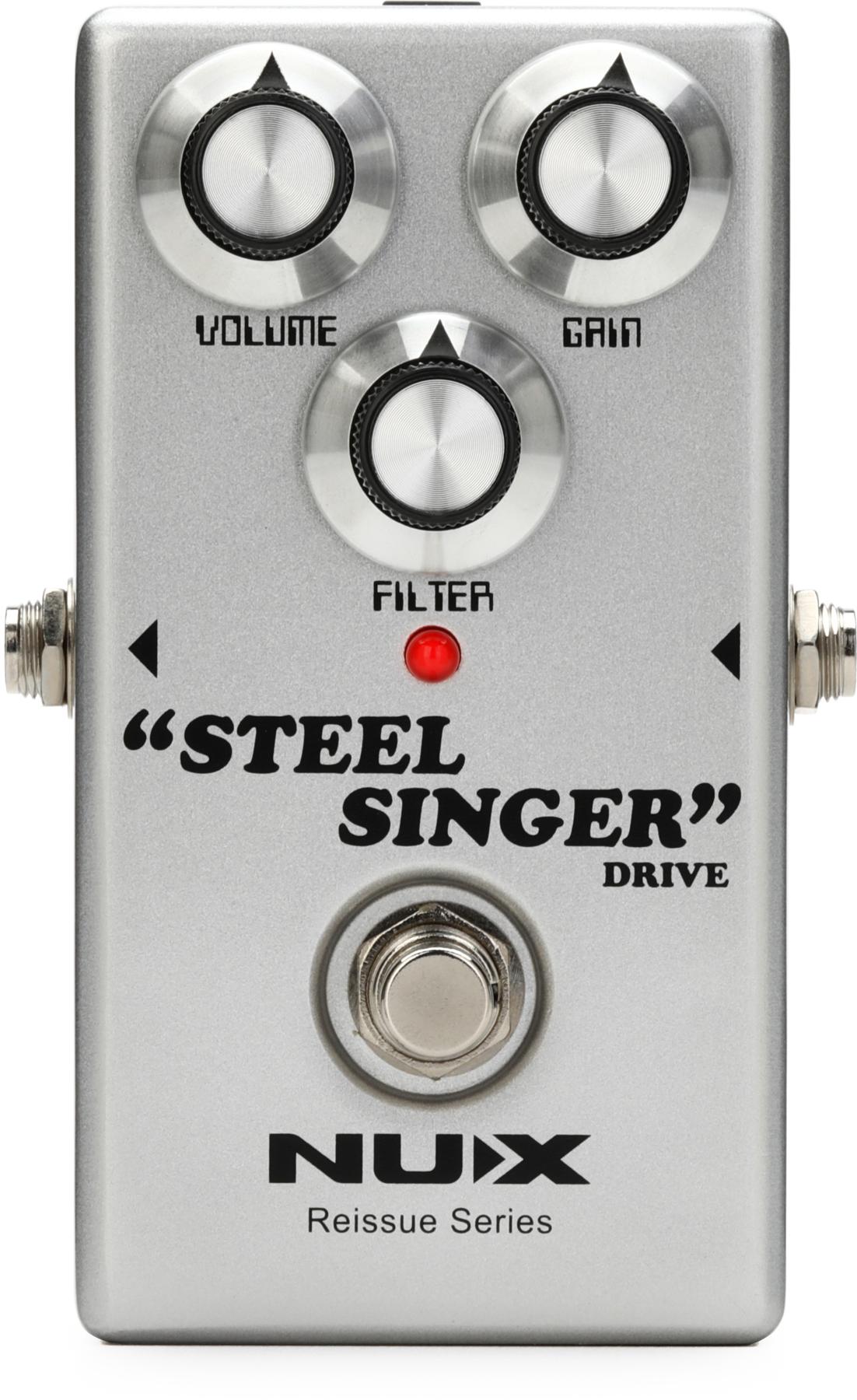Chops: Intermediate
Theory: Beginner
Lesson Overview:
• Improve your alternate-picking and string-skipping techniques.
• Learn how to incorporate octave displacement into your riffs.
• Understand how to play arpeggios over a chord progression.
Click here to download a printable PDF of this lesson's notation.
Even in a chaotic tour environment, I try to find time for practice. I have a daily ritual of things I play in preparation for a gig. These rituals help get my hands ready and my mind focused on the music I’m preparing to perform. In this lesson, I’ll go over an example of a quick warm-up exercise I do before going onstage. This simple exercise is fun to play, yet touches on some more intermediate-to-advanced concepts.
We’ll start by taking the chords to the chorus of Bush’s “Machinehead” and breaking them down into simple arpeggios: root, 3, and 5 (Ex. 1). Any progression will work, but I find it useful to work from chord structures of a song you enjoy playing.
Click here for Ex. 1
Now, instead of playing the arpeggios in the same octave range, we’re going to alternate the octave range of every other note. This concept is called octave displacement, and you can hear it in the playing of jazz giant Pat Martino, as well as such rockers as Greg Howe.
Ex. 2 shows how we could take a major arpeggio and alternate the octaves. We are still playing a simple root, 3, and 5 (and then a 5 an octave above), but the sound is more open and interesting. Pay attention to the strict alternate picking—more on that in a moment.
Click here for Ex. 2
In Ex. 3, we apply the same octave displacement idea to a C#m chord. Similar to the previous example, the formula is root, b3 (up an octave), 5, 5 (up an octave).
Click here for Ex. 3
You’ll notice that once an arpeggio is distributed across different octaves, you’ll need to skip strings to go from one note to the next. To get a feel for this, I recommend you first try alternate picking, although hybrid picking is a viable option.
The full chorus of “Machinehead” is in Ex. 4. I’ve added slides because I love the “loop and swim” feel, which adds to the meditative quality of the exercise.
Click here for Ex. 4
Of course you can apply this concept to any set of chord changes. In the next example (Ex. 5), we shift to the key of E minor. Though the progression has changed, we’re still playing the root, 3, and 5 of each chord using octave displacement, string skipping, and alternate picking. Again, we incorporate slides to make the transitions sound smooth and musical.
Click here for Ex. 5
Although these are technical exercises, I believe they are rooted in a larger intellectual concept. Once you understand these examples, try working octave displacement into the chord changes of your favorite tunes. Finally, experiment with other chord tones or extensions to add further depth to these arpeggios.
If you’re inclined to dive deeper into the world of octave displacement, check out Oz Noy, Matt Henderson, and Jean Marc Belkadi. Though they’re each very different players, they take the concept of octave displacement to the extreme while still sounding musical.
May you find fulfillment in all of your musical endeavors.























